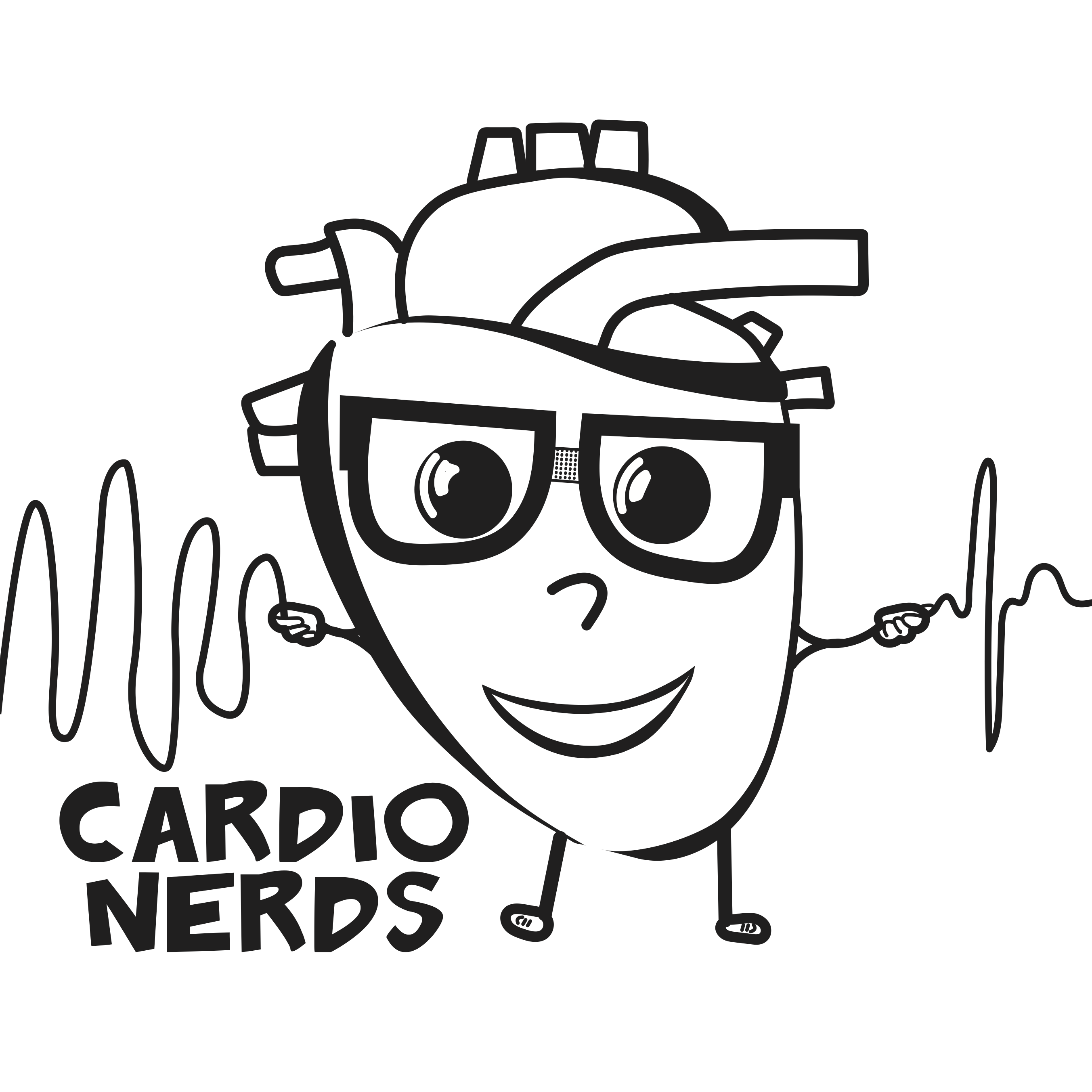

Cardionerds: A Cardiology Podcast
CardioNerds
Welcome to CardioNerds, where we bring you in-depth discussions with leading experts, case reports, and updates on the latest advancements in the world of cardiology. Tune in to expand your knowledge, sharpen your skills, and become a true CardioNerd!
Episodes
Mentioned books

4 snips
May 7, 2024 • 47min
369. Case Report: Apical Obliteration with Biventricular Thrombus – West Virginia University
Doctors from West Virginia University discuss a case of apical obliteration with biventricular thrombus. Topics include challenges in diagnosing MI without obstructive coronary arteries, management strategies post-MRI, stroke presentation, eosinophilic myocarditis treatment with corticosteroids and anticoagulation, and successful management of a rare genetic fusion with imatinib.

9 snips
May 5, 2024 • 38min
368. Obesity: Procedural Management of Obesity with Dr. Steve Nissen
CardioNerds talk with Dr. Steve Nissen about managing obesity in cardiovascular care. They discuss bariatric surgery, new medications, and the importance of addressing obesity. Dr. Nissen highlights the impact of obesity on cardiovascular health worldwide and the benefits of weight loss strategies.

May 3, 2024 • 43min
367. GLP-1 Agonists: Clinical Implementation of GLP-1 Receptor Agonists with Dr. Neha Pagidapati
Dr. Neha Pagidapati from Duke University discusses GLP-1 receptor agonists with CardioNerds. They cover clinical indications, metabolic benefits, and limitations of these therapies. Topics include medication titration, side effects management, and challenges in obtaining coverage for anti-obesity medications. The podcast also explores disparities in drug access, risks of counterfeit drugs, and the importance of perseverance in utilizing GLP1 agonists for cardiovascular health.

Apr 25, 2024 • 45min
366. Digital Health: Integrating Digital Health into Practice with Dr. Alexis Beatty and Dr. Seth Martin
Cardiologists Dr. Alexis Beatty and Dr. Seth Martin discuss integrating digital health into cardiology practice. They explore patient privacy concerns, advancements in cardiac rehab through digital tools, and the impact on patient outcomes. The episode highlights the role of technology in evidence-based care delivery and patient empowerment.

Apr 22, 2024 • 57min
365: CardioOncology: Cardiotoxicity of Novel Immunotherapies with Dr. Tomas Neilan
Dr. Tomas Neilan discusses cardiotoxicity of novel immunotherapies, focusing on immune checkpoint inhibitors and their adverse cardiac effects. Topics include diagnosis, treatment, and challenges of ICI-related myocarditis, emphasizing the importance of baseline assessments and prompt recognition. The episode also touches on subclinical myocarditis, management strategies, and the impact of corticosteroids on cancer outcomes.

Mar 14, 2024 • 38min
364. Case Report: A Drug’s Adverse Effect Unleashes the Wolf – Beth Israel Deaconess Medical Center
CardioNerds discuss a complex case involving a 72-year-old man with various symptoms and a history of different medical conditions. The patient is diagnosed with drug-induced lupus due to hydralazine after undergoing a thorough work-up. Expert commentary is provided on the challenges of diagnosing and treating drug-induced lupus. The podcast delves into the complexities of differential diagnosis, treatment strategies, and the importance of considering malignancy in such cases.

14 snips
Mar 12, 2024 • 43min
363. GLP-1 Agonists: Diving into the Data with Dr. Darren McGuire
CardioNerds discuss GLP-1 receptor agonists in heart disease patients, exploring benefits, guidelines, and trial data. Dr. McGuire explains ease of use and efficacy, emphasizing patient support. They also cover samagletide therapy initiation, dosage levels, and combination therapy with SGLT2 inhibitors for heart failure and diabetes management. Future interventions for obesity and cardiovascular safety are highlighted.

Mar 10, 2024 • 17min
362. Guidelines: 2022 AHA/ACC/HFSA Guideline for the Management of Heart Failure – Question #32 with Dr. Harriette Van Spall
Explore the role of palliative care in heart failure beyond end stages, challenging misconceptions. Learn about integrating palliative care into management for improved quality of life. Reflect on the importance of compassionate patient support in cardiology, emphasizing empathy over medical interventions.

Mar 5, 2024 • 42min
361. Case Report: Sore Throat, Fever, and Myocarditis – It’s not always COVID-19! – University of Maryland
Cardiologists discuss a challenging case of bacterial myocarditis in a young woman with history of drug use. Detailed analysis of differential diagnosis, cardiac involvement, and management of cardiogenic shock. Emphasis on avoiding cognitive bias and multidisciplinary approaches in diagnosis.

8 snips
Feb 19, 2024 • 0sec
360. Obesity: Lifestyle & Pharmacologic Management of Obesity with Dr. Ambarish Pandey
Discussing the importance of managing obesity to prevent cardiovascular disease, the podcast covers lifestyle recommendations, pharmacologic treatment options, and future therapies. Topics include tailored counseling, policy efforts to address obesity as a public health concern, advances in weight loss medications such as semaglutide, and the intersection of obesity medicine and heart failure.


